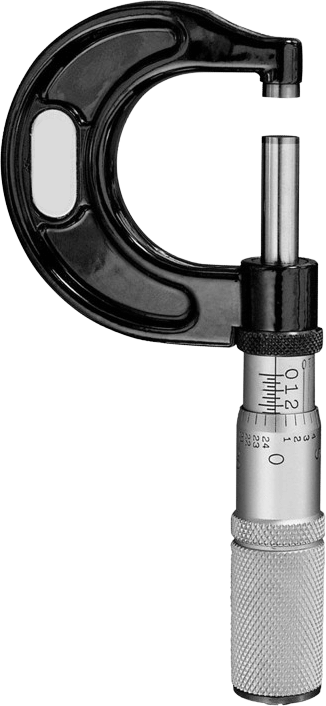Sheet metal applications primarily use either stainless steel or aluminium. For many people, it’s easy to confuse these two, but there are a lot of differences between them. They have some very different uses, and we are going to look at the instances where you would use one over the other.
Natural vs Alloy
Aluminium is a completely natural element, and it is the most common metal located in the crust of the Earth. Most often, it will be found in bauxite ore, and in its purest form it is very soft. To use it commercially, it needs to combine with other alloys to create the metal we know that’s usable for construction and a variety of other implementations.
Stainless steel, on the other hand, does not exist naturally. It’s something that is manmade, and it comes from a combination of manganese, copper, nickel, iron ore and chromium oxide. A concentration of 10-30% chromium oxide is what allows the stainless steel to resist rust and corrosion.
Steel tends to be much stronger than aluminium sheet metal, but that aluminium is much lighter, which makes it useful for implementation in aircraft and a variety of other vehicles. The heavier and stronger stainless steel is ideal for construction, since it is far less likely to warp or deform under tremendous pressure. Stainless steel is durable enough to be used again and again while never losing its durability. That often makes it far more environmentally friendly than its aluminium counterpart.
Temperature and conductivity
Certain metals conduct thermal energy better than others. How well materials transfer heat is known as thermal conductivity. The materials that have a low heat conduction will transfer heat slowly, and those with a higher conduction rate transfer it faster. Aluminium has a very high thermal condition rate, and that’s why it is often used in HVAC systems and car radiators.
Steel, on the other hand, can be subjected to far greater temperatures without warping or bending, while aluminium may become soft at about 200 degrees centigrade. Stainless steel, then, is ideal for use in heat exchangers.
Time and Money
The steel industry ranks third in the world, falling in after gas and oil. There is about $900 billion going into the steel industry each year. There is huge global demand for this metal, and creating steel from the initial bauxite ore extraction to the rolling stage where it is finished entails tremendous expense. Making aluminium sheeting is a far less labour-intensive process and costs much less, which makes it the more cost-effective choice.
Each of these metals is used to carry out specific tasks. They are both every important, and if you are working on a project, you want to make sure you are using the correct metal. If you aren’t sure which to use, then just ask us. Our professional team has been producing aluminium metal and fabricating steel for years now, and we have the expertise to help make your ideas become reality. Contact us today to get started on your next project.

